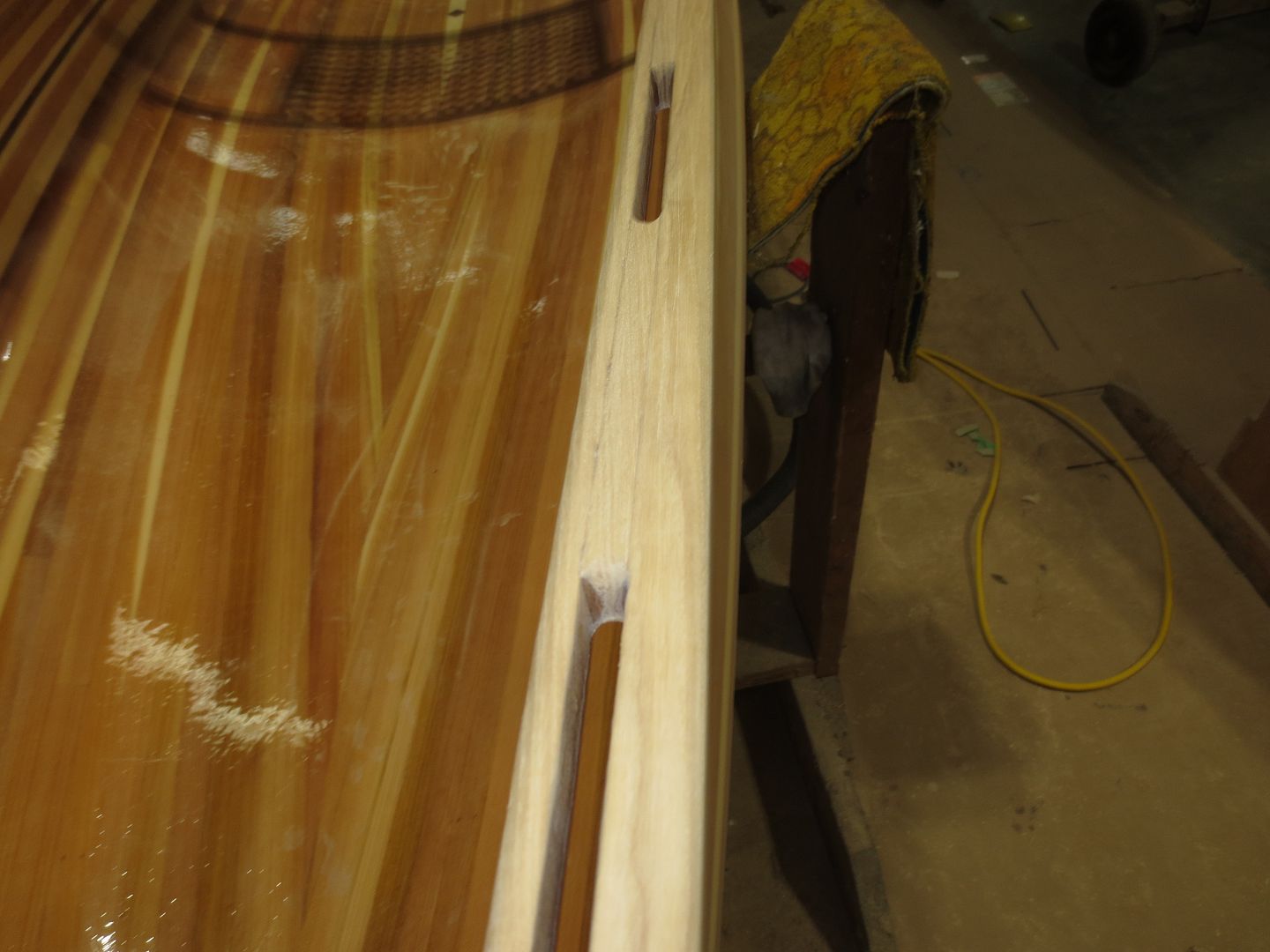I have a new boat coming in early March (Northstar Polaris), and it will be my first time with wood gunwales. I’m still pretty new to the world beyond all plastic or aluminum boats, and I’d love to see how others’ wood trim is holding up over time. I have seen some photos online of boats (from various manufacturers) that look fairly new (year or two old) where the gunwales look like they are already starting to gray, and other boats that are much older that still look pretty good. Some of this I know comes down to basic maintenance (oil reapplication), but those cases where the boats are still pretty new are a little concerning to me.
This leads me to the question part as I did a search and couldn’t find quite what I was looking for.
Northstar recommends watco exterior natural oil, Hemlock’s site mentions Watco Teak Oil, and I’m sure others use something similar, etc. but generally all other wood parts are “varnished”, I’m assuming with a spar urethane. I actually asked Bear at Northstar why they don’t use an exterior urethane on gunwales when ordering my boat, and he basically said it would be very difficult to do in their manufacturing process which I can definitely understand. I can see how it would be much more time consuming and labor intensive, and unlike seats/hangers/etc. it would probably be better done after they are on the boat rather than before, causing quite the manufacturing delay. I think this is probably a good compromise to keep boats from being even more expensive. He also mentioned difficulty of refinishing for the user vs the ease of wiping on more oil, which is also a very valid point.
However, I can’t help but think it would still be better protection and would not need to be redone at nearly the same frequency. Additionally, oil based urethane’s are able to be applied over hardening oils (if they’re good and cured), so you could get your gunwhales oiled with several coats and then urethane over them, getting the benefits of both a penetrating hardening oil, and a tough, highly UV resistant outer urethane layer. Right?
So how are yours holding up, oiled, urethaned, or otherwise, and has anyone here ever done urethane over oil?
Thanks,
ABT
This leads me to the question part as I did a search and couldn’t find quite what I was looking for.
Northstar recommends watco exterior natural oil, Hemlock’s site mentions Watco Teak Oil, and I’m sure others use something similar, etc. but generally all other wood parts are “varnished”, I’m assuming with a spar urethane. I actually asked Bear at Northstar why they don’t use an exterior urethane on gunwales when ordering my boat, and he basically said it would be very difficult to do in their manufacturing process which I can definitely understand. I can see how it would be much more time consuming and labor intensive, and unlike seats/hangers/etc. it would probably be better done after they are on the boat rather than before, causing quite the manufacturing delay. I think this is probably a good compromise to keep boats from being even more expensive. He also mentioned difficulty of refinishing for the user vs the ease of wiping on more oil, which is also a very valid point.
However, I can’t help but think it would still be better protection and would not need to be redone at nearly the same frequency. Additionally, oil based urethane’s are able to be applied over hardening oils (if they’re good and cured), so you could get your gunwhales oiled with several coats and then urethane over them, getting the benefits of both a penetrating hardening oil, and a tough, highly UV resistant outer urethane layer. Right?
So how are yours holding up, oiled, urethaned, or otherwise, and has anyone here ever done urethane over oil?
Thanks,
ABT












